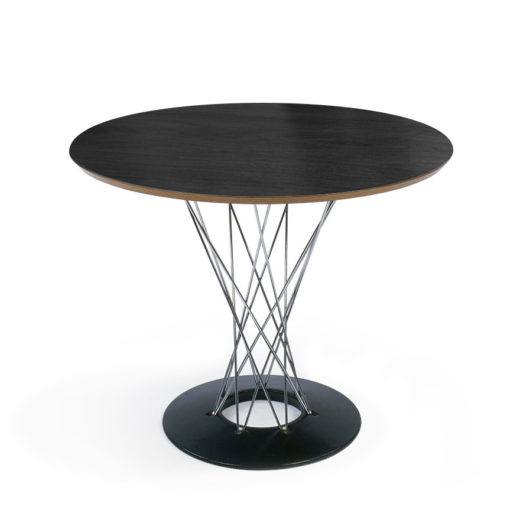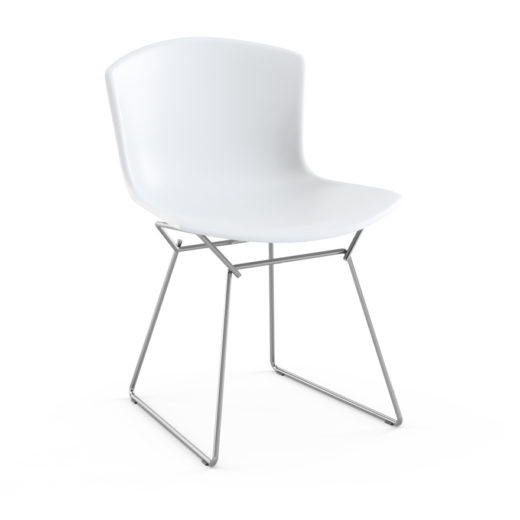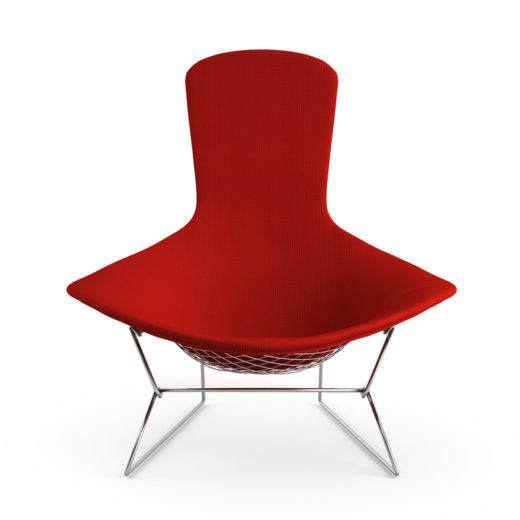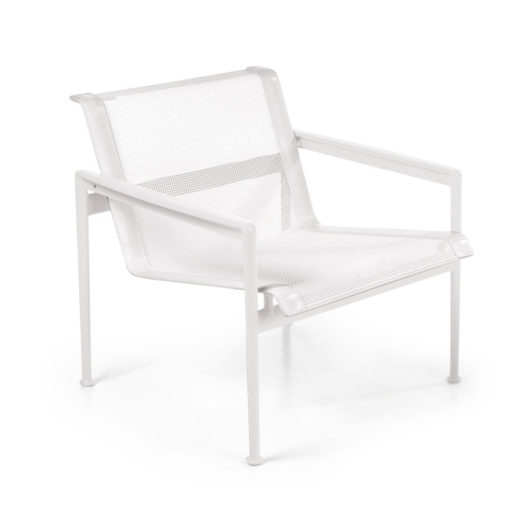Design Pulse
The Cree House
The Cree House, designed by Swiss architect and former student of Le Corbusier Albert Frey, always had an air of mystery surrounding it. Situated among the hills between Palm Springs and Cathedral City, the home remained a strictly private residence since its construction in 1955. Strikingly modern against the rugged landscape, and with an interior never seen by the public, the house has long intrigued onlookers and architecture aficionados. Once an enigma, “the Forgotten Frey,” as it has become known, recently welcomed the design community for the first time.
In 1947, Raymond Cree, a school superintendent turned real estate developer, purchased twelve acres of land on a rocky hillside. Cree commissioned Albert Frey to design the Desert Hills Hotel on the property. The vision, never-realized, was luxury resort that would have comprised nine bungalows on the hilltop with a restaurant at the base. After the project failed to materialize – for reasons that remain a mystery – Cree asked Frey to change course and design a simple two-bedroom home on the land instead.
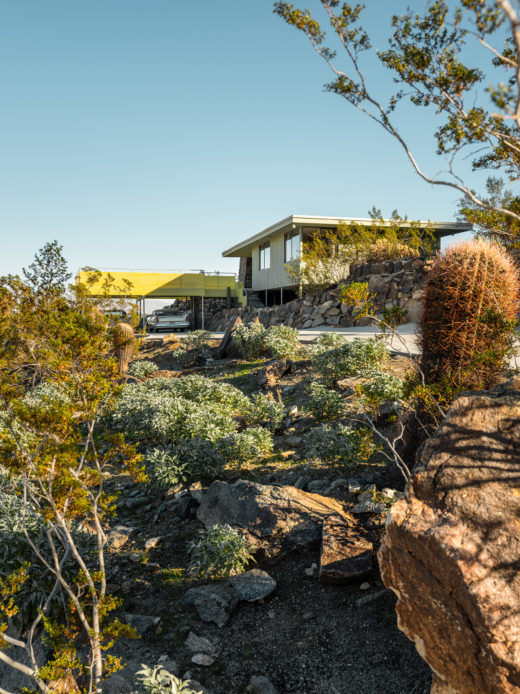
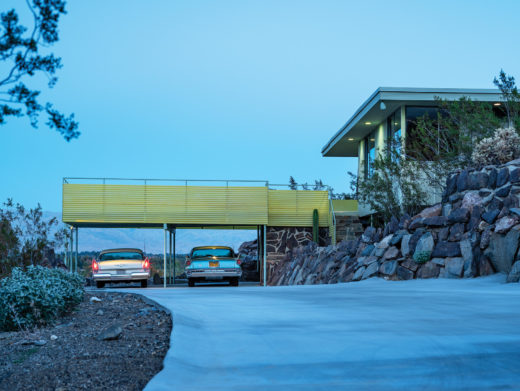
The resulting structure is archetypal of ‘desert modernism’ – the microcosm of modernism Frey defined in his body of work. Geometric in form and industrial in material, the home contrasts its natural environment and blends into it simultaneously. Using innovative materials akin to the modern tradition, Frey opted for asbestos cement sheets and encilia-green fiberglass railings with abundant glass walls. A fireplace, made with stone sourced from the home’s surroundings, anchors the structure and imposes a graceful veneration for the land on which it sits. At 1,500 square feet, the modest footprint of the Cree House boasts a virtuous visual impact.
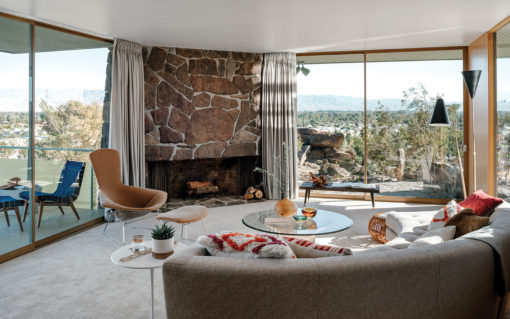
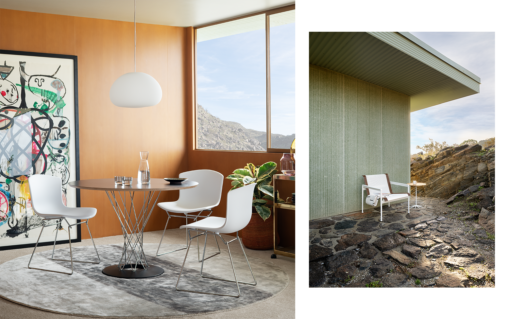
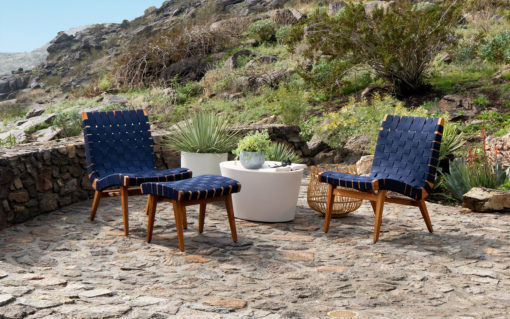
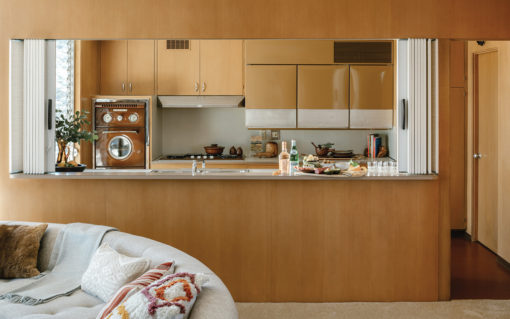
Only a handful of owners have occupied the Cree House – their family and friends the only guests to venture inside. Since the 1970s, the Harris family – who also owns the restaurant at the foot of the hill – has called the enigmatic modernist masterpiece home. Current owner Sam Harris, who throughout his life became lovingly devoted to the Cree House once owned by his father, meticulously and dutifully restored the interior and exterior of home. “I felt it was a responsibility of mine to get it back to where it was so people could enjoy it,” states Harris, “We didn’t cheat on a thing.” Over the course of a year, Harris, in partnership with Palm Springs Life, brought the residence back to its original 1955 condition.
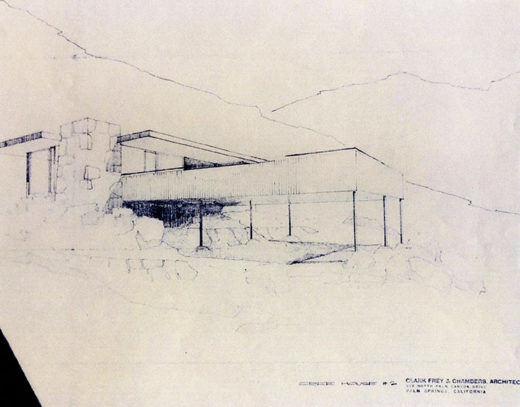
I felt it was a responsibility of mine to get it back to where it was so people could enjoy it. We didn't cheat on a thing.
The interior restoration consists of quintessentially modern pieces and remains faithful to Frey’s earthy, pared back palette. Nicholas Lawrence Design, Knoll retailer and collaborator, appointed the home with works by the mid-century master designers – Eero Saarinen, Harry Bertoia, Jens Risom, Richard Schultz and Isamu Noguchi – in an unwavering expression of the modernist period in which the Cree House was built.
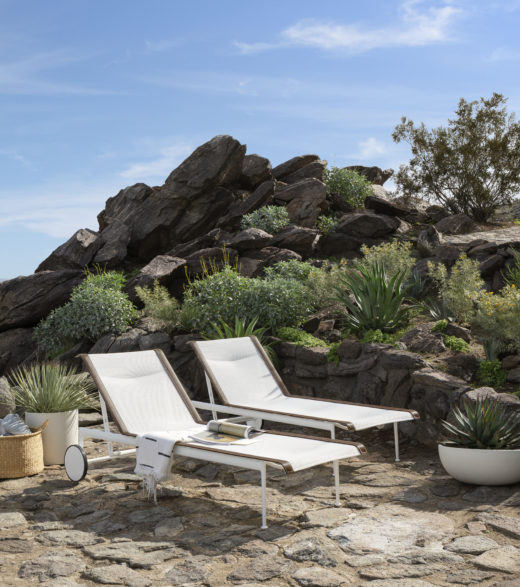
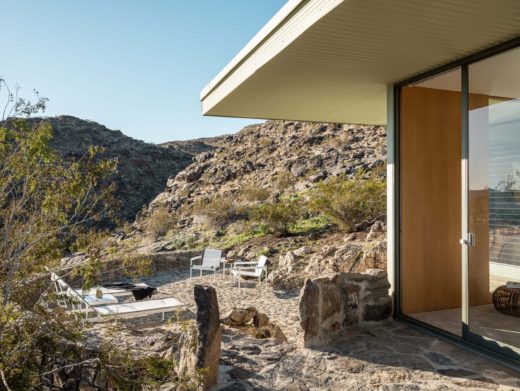
Sixty odd years after its construction, the curtain will finally be lifted from the “Forgotten Frey” house. Those bemused by the beauty and mystified by the reclusiveness of Albert Frey’s modern masterpiece may now explore its intimate rooms and expansive balconies as well as see Knoll furniture designs in a true period restoration. At a recent event, guests were invited to see the Cree House as Frey intended it.






